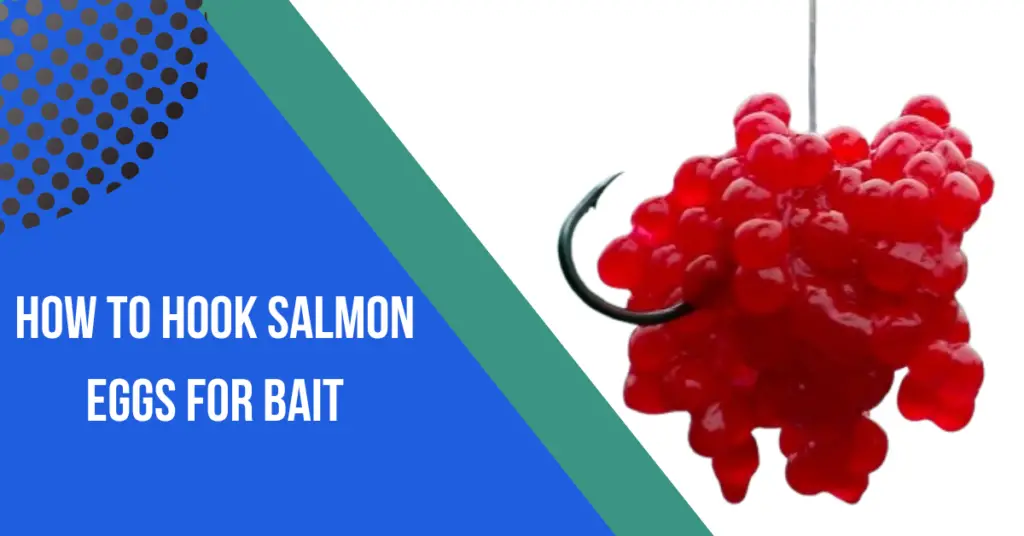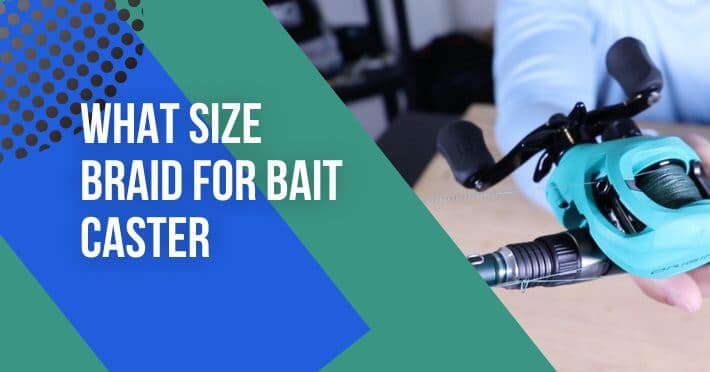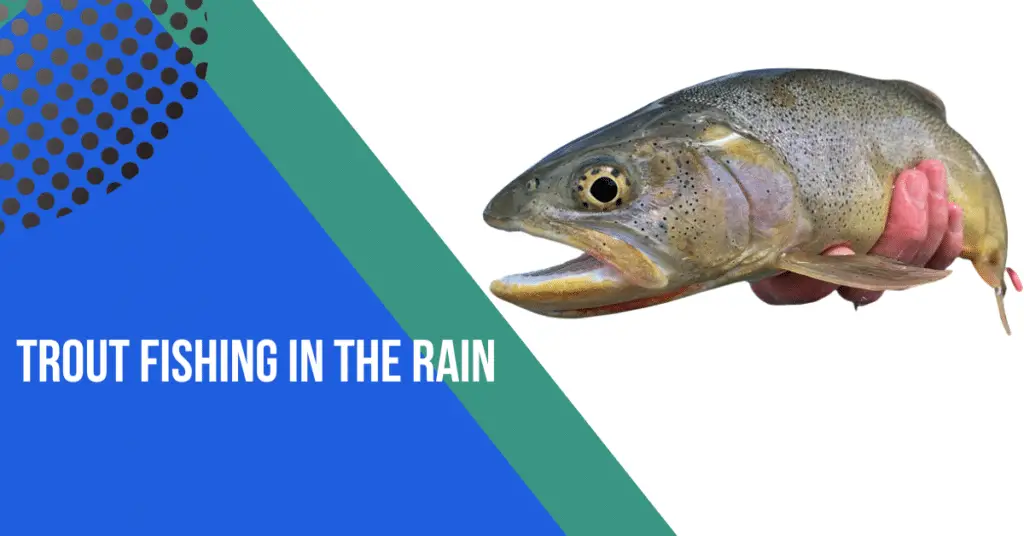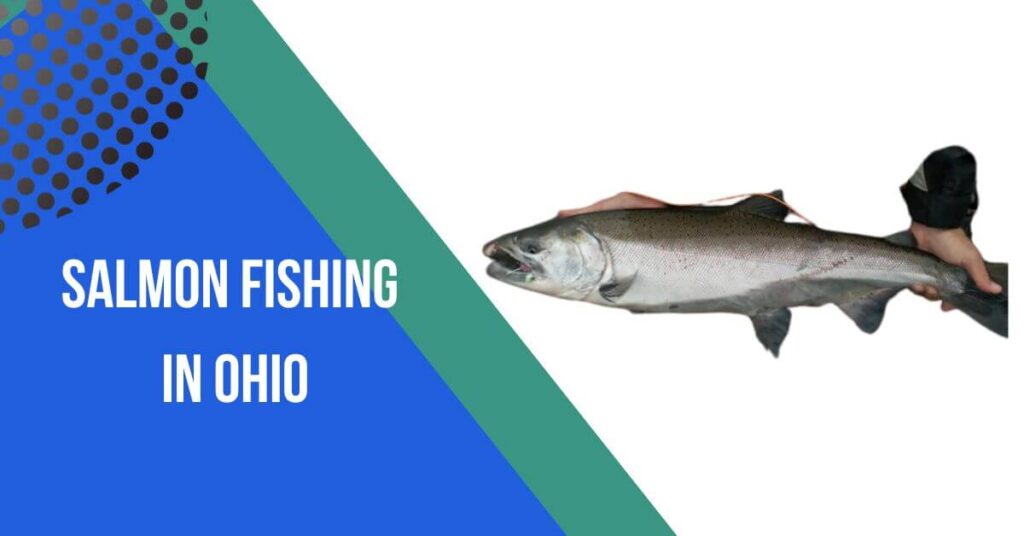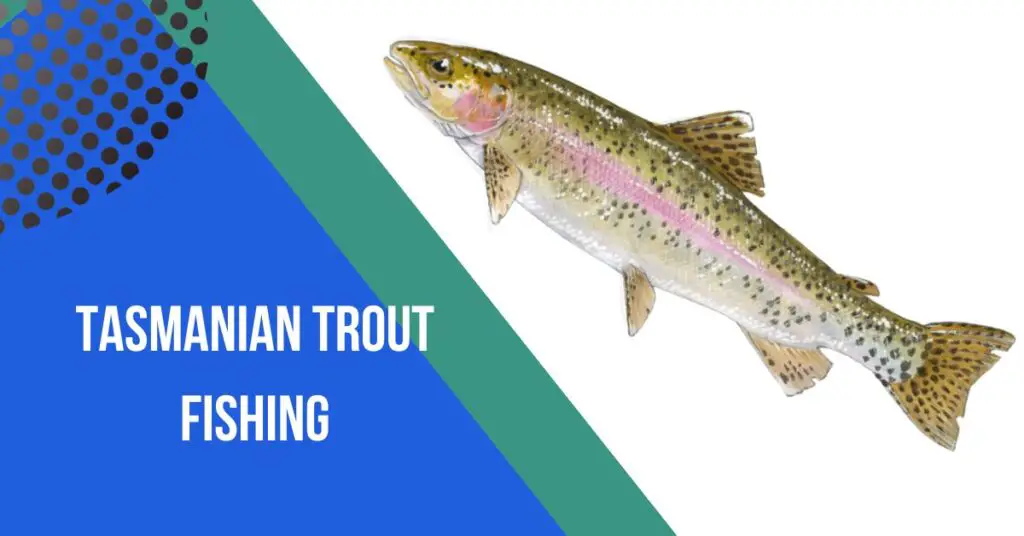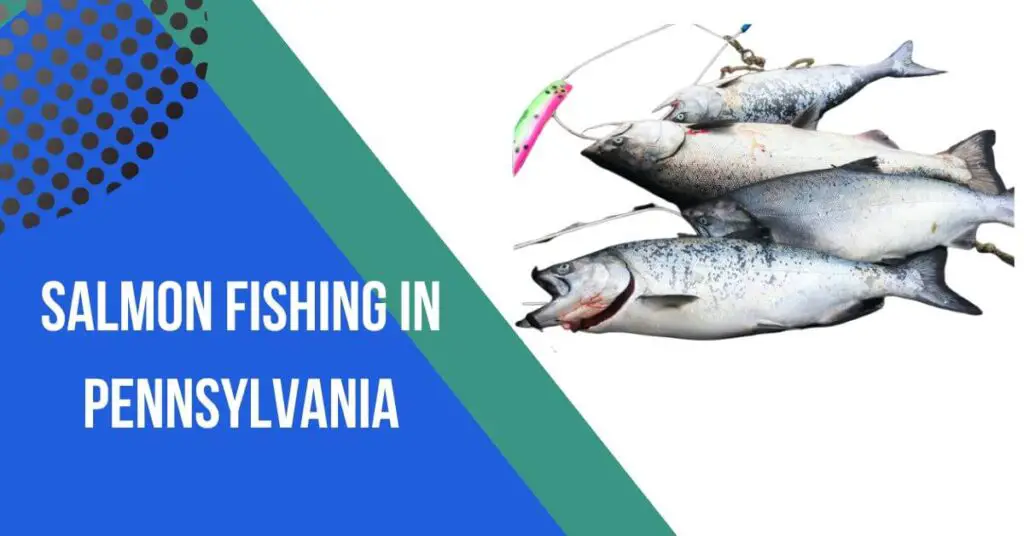Contents
- 1 How To Hook Salmon Eggs For Bait:
- 2 Selecting the Right Gear:
- 3 Matching the Reel to the Rod:
- 4 Effective Hooking Technique:
- 5 Locating the Egg’s Natural Attachment Point:
- 6 FAQs:
- 7 Q: What type of rod is best for salmon egg fishing?
- 8 Q: What size hooks are suitable for salmon eggs?
- 9 Q: How do I preserve salmon eggs for bait?
- 10 Q: Can I use salmon eggs for different types of salmon?
- 11 Q: Are there regulations regarding the use of salmon eggs as bait?
- 12 Q: What fishing techniques work well with salmon eggs?
- 13 Q: How do I adapt my approach to different salmon species?
- 14 Q: Can I use scents or attractants with salmon eggs?
Salmon eggs are a highly effective bait for catching salmon, and the art of hooking them can significantly improve your chances of success. Whether you’re a seasoned angler or a beginner, understanding the proper technique for hooking salmon eggs is crucial.
In this brief guide, we’ll explore a simple yet effective method to ensure your bait is presented attractively, enticing salmon to strike. With the right approach, you’ll increase your odds of a successful fishing trip and enjoy the thrill of landing these powerful and prized fish. Let’s to the basics of hooking salmon eggs for bait.
How To Hook Salmon Eggs For Bait:
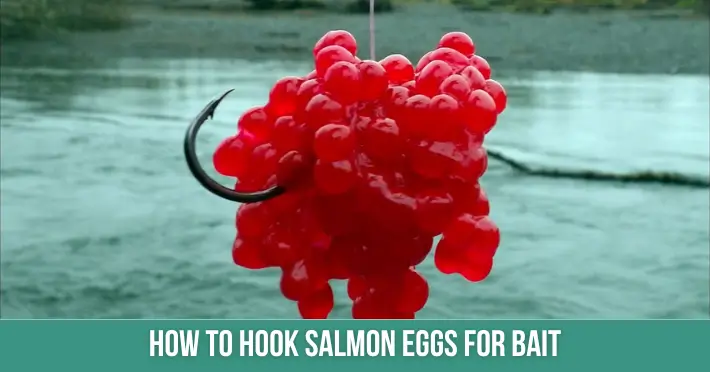
The importance of using salmon eggs as bait lies in their effectiveness in attracting and enticing salmon, making them a popular choice among anglers for various reasons:
Natural Prey Mimicry: Salmon eggs are a natural and familiar food source for salmon. Using eggs as bait mimics the scent, texture, and appearance of the salmon’s natural prey, making it highly attractive to them.
High Nutritional Value: Salmon eggs are rich in nutrients and carry a scent that signals a high-protein, energy-rich meal for salmon. This nutritional value makes them an irresistible option for salmon looking to feed and replenish energy.
Versatility: Salmon eggs can be used in various fishing techniques, including drift fishing, float fishing, and bottom bouncing. Their versatility allows anglers to adapt their approach based on the fishing conditions and preferences of the targeted salmon species.
Natural Scent Trail: When hooked properly, salmon eggs release a scent trail in the water, acting as a natural attractant over a distance. This scent trail can draw in salmon from a distance, increasing the chances of a successful catch.
Local Prey Imitation: Salmon eggs can imitate the local prey species in a particular water system. This adaptability makes them especially effective when fishing in different regions or adjusting to the seasonal variations in the salmon diet.
Consistent Availability: Salmon eggs are often readily available, either through purchased bait or from the catch of female salmon during certain seasons. This availability makes them a convenient and cost-effective bait option for anglers.
Proven Success: Over time, salmon eggs have proven to be a consistently successful bait for salmon fishing. Anglers often rely on the reliability of using salmon eggs to increase their chances of a successful fishing trip.
Cultural and Traditional Significance: In many fishing communities, using salmon eggs as bait is rooted in tradition and cultural practices. This adds a cultural significance to the use of salmon eggs, making them a respected and time-tested choice for bait.
In summary, the importance of using salmon eggs as bait lies in their ability to mimic natural prey closely, provide essential nutrients, adapt to different fishing techniques, create a scent trail, and maintain a consistent track record of success in attracting and catching salmon.
Selecting the Right Gear:
Selecting the right gear is a fundamental aspect of successfully hooking salmon eggs for bait. Your choice of fishing equipment plays a crucial role in determining your ability to present the bait and land the targeted salmon effectively.
Start by selecting an appropriate fishing rod that balances power and flexibility, ensuring it can handle the weight and fight of salmon. Match the rod with a reel that complements its specifications, considering factors like line capacity and retrieval rate.
Equally important is choosing the right fishing line, which should be strong enough to handle the weight of potential catches yet sensitive enough to detect subtle bites.
Carefully considering and matching your gear to the specific conditions and type of salmon fishing you plan to engage in will enhance your overall fishing experience and increase the likelihood of a successful catch.
Matching the Reel to the Rod:
Matching the reel to the rod is a critical step in ensuring a well-balanced and effective setup for hooking salmon eggs. The relationship between the rod and reel is essential for achieving optimal casting performance, control, and the ability to handle the fighting strength of salmon. When selecting a reel to complement your rod, consider the following factors:
Line Capacity: Ensure that the reel has an appropriate line capacity to accommodate the fishing line you plan to use. This is particularly important when dealing with larger salmon species that may require more lines.
Reel Size: Choose a reel size that complements the rod’s power and action. A balanced combination ensures that the reel can efficiently handle the rod’s capabilities and provides a smooth fishing experience.
Drag System: Pay attention to the reel’s drag system, as salmon are known for their powerful runs. A reliable and adjustable drag system helps you control the amount of resistance the fish feels, preventing break-offs and ensuring a successful hookset.
Gear Ratio: Consider the gear ratio of the reel, which indicates how quickly the line is retrieved. For salmon fishing, a medium to high-gear ratio is generally preferred, allowing for efficient retrieval when needed.
Build Material and Durability: Choose a reel constructed from durable materials that can withstand exposure to water and potential impacts. This is especially important in salmon fishing environments where conditions can be challenging.
Weight: Aim for a balance between a lightweight reel for comfortable handling and a heavier one that adds stability to the setup. Finding this balance contributes to reduced fatigue during extended fishing sessions.
Compatibility with Rod Type: Ensure that the reel is compatible with the type of rod you have, considering factors such as whether the rod is designed for baitcasting or spinning. This ensures seamless integration and enhances overall performance.
By carefully matching the reel to the rod based on these considerations, you create a well-matched and efficient fishing setup. This attention to compatibility enhances your ability to present salmon eggs effectively, increases your sensitivity to bites, and provides the strength and control needed to successfully land salmon once hooked.
Effective Hooking Technique:
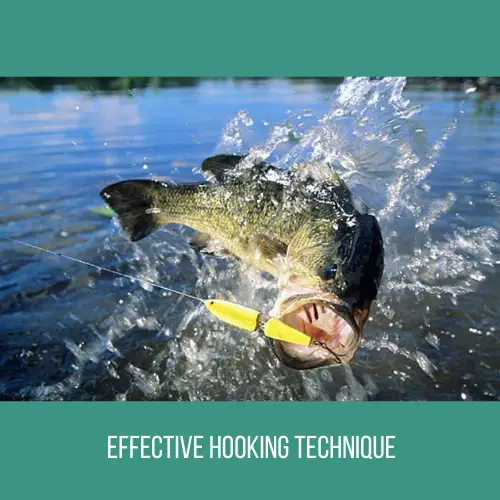
An effective hooking technique is essential when using salmon eggs as bait, as it significantly influences your success in enticing and landing salmon. The key lies in understanding the anatomy of the egg and replicating the natural presentation of this preferred food source.
Start by locating the egg’s natural attachment point, often identifiable as a slight depression on one side. Gently insert the hook through this point, ensuring a secure but natural penetration that maintains the integrity of the egg.
The goal is to create a lifelike presentation that mimics how salmon encounter and consume eggs in their natural habitat. Strive for a balance between securing the egg firmly on the hook and allowing it to move naturally in the water, maximizing its appeal.
Practicing this nuanced hooking technique not only increases your chances of enticing bites but also ensures that the bait remains attractive throughout your fishing endeavor.
As salmon are known for their discerning feeding behavior, the subtleties of a well-executed hooking technique can make a significant difference in the success of your fishing expedition.
Locating the Egg’s Natural Attachment Point:
Locating the egg’s natural attachment point is a crucial step in the effective hooking technique for salmon eggs. When handling fresh or cured salmon eggs, it’s important to observe the egg closely to identify a slight depression or dimple on one side. This depression is often the point where the egg is attached to the membrane inside the female salmon.
To find the natural attachment point, gently roll the egg between your fingers and visually inspect its surface. You’ll notice a small indentation or concave area that marks the spot where the egg was connected to the egg skein or membrane. This point is typically more pronounced on one side of the egg.
Once you’ve identified the natural attachment point, position your hook and insert it through this spot with precision. The goal is to mimic the way the egg would naturally be attached to the membrane when presented as prey in the water. By hooking the egg at its natural attachment point, you enhance its lifelike presentation and increase the likelihood of attracting salmon.
Remember to handle the eggs with care to avoid damaging their texture or rupturing the membrane. A delicate touch combined with a keen eye for the natural attachment point will contribute to a more convincing presentation, ultimately improving your success in enticing salmon to strike.
Conclusion:
In conclusion, the art of hooking salmon eggs for bait is a fundamental skill that can significantly enhance your success in salmon fishing. By selecting the right gear, choosing appropriate hooks, and employing effective hooking techniques, you create a well-balanced and enticing presentation for these prized fish.
Remember to adapt your approach based on fishing conditions, utilize proven rigging options, and stay informed about local regulations. The consistent success of using salmon eggs as bait lies in the ability to replicate the natural prey, provide a nutritional allure, and create a scent trail that attracts salmon.
As you refine your skills and techniques, you’ll find that careful attention to detail in gear selection and hooking methods pays off in memorable and rewarding salmon fishing experiences. Wishing you tight lines and successful angling adventures!
FAQs:
Q: What type of rod is best for salmon egg fishing?
A: An ideal rod for salmon egg fishing balances power and flexibility. Look for a medium to medium-heavy power rod with moderate to fast action, as it provides the necessary strength to handle salmon while offering enough flexibility for a good hookset.
Q: What size hooks are suitable for salmon eggs?
A: The size of hooks for salmon eggs can vary, but generally, hooks in the range of #8 to #14 are suitable. The specific size depends on the size of the salmon eggs, the fishing conditions, and the preferences of the angler.
Q: How do I preserve salmon eggs for bait?
A: Salmon eggs can be preserved by curing them with a mixture of borax and salt or using commercially available egg cures. The curing process helps to toughen the eggs, preserving their color and scent. After curing, store the eggs in a cool place, and consider freezing them for long-term use.
Q: Can I use salmon eggs for different types of salmon?
A: Yes, salmon eggs can be effective for various species of salmon, including Chinook (King), Coho (Silver), Sockeye, and Pink salmon. Adjust your techniques and bait presentation based on the specific species you are targeting and the prevailing fishing conditions.
Q: Are there regulations regarding the use of salmon eggs as bait?
A: Local fishing regulations may have specific rules regarding the use of bait, including salmon eggs. It’s important to be aware of and adhere to these regulations, which may include restrictions on the size and type of hooks, bait limitations, and seasonal restrictions.
Q: What fishing techniques work well with salmon eggs?
A: Drift fishing, float fishing, and bottom bouncing are popular techniques for using salmon eggs as bait. The choice of technique depends on factors such as water conditions, the type of salmon you’re targeting, and personal preference.
Q: How do I adapt my approach to different salmon species?
A: Different salmon species may have varying preferences and behaviors. Adjust your bait presentation, size of hooks, and fishing depth based on the specific characteristics of the salmon species you are targeting.
Q: Can I use scents or attractants with salmon eggs?
A: Yes, incorporating scents or attractants can enhance the effectiveness of salmon eggs. Consider using scents designed for salmon fishing to create an additional enticing element and increase the chances of attracting salmon.

